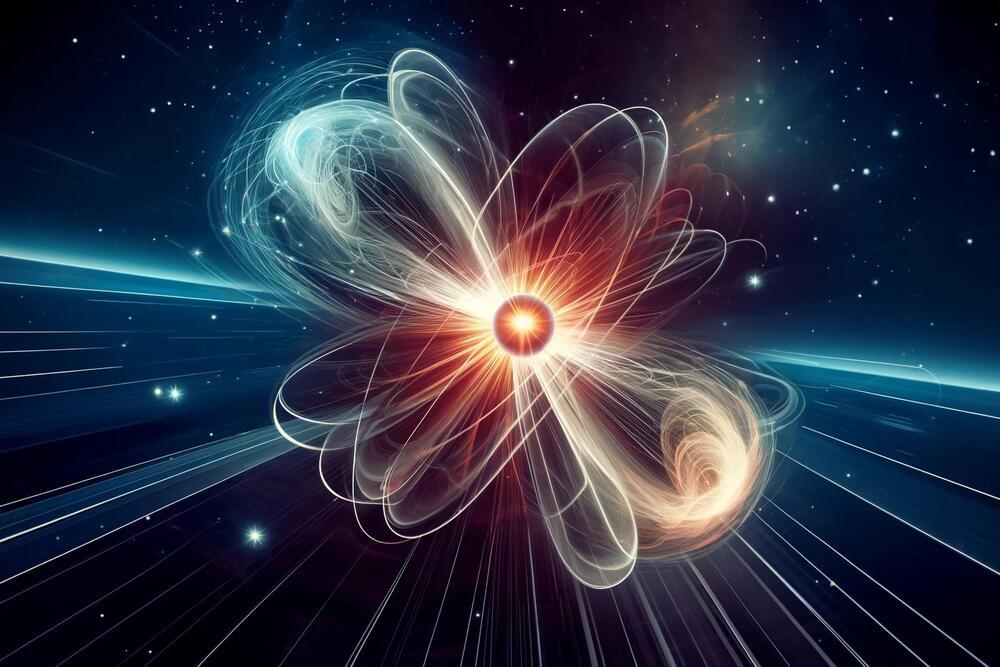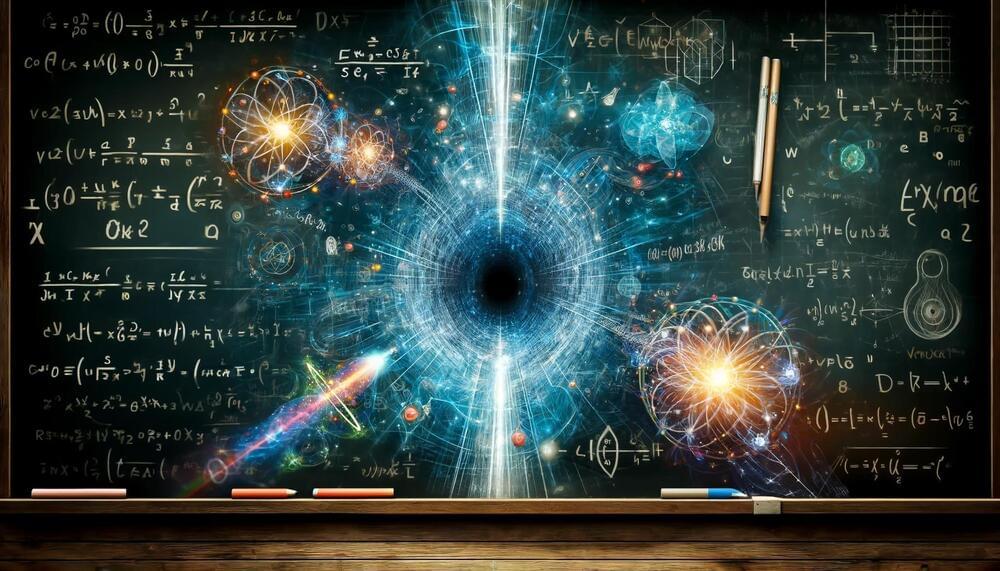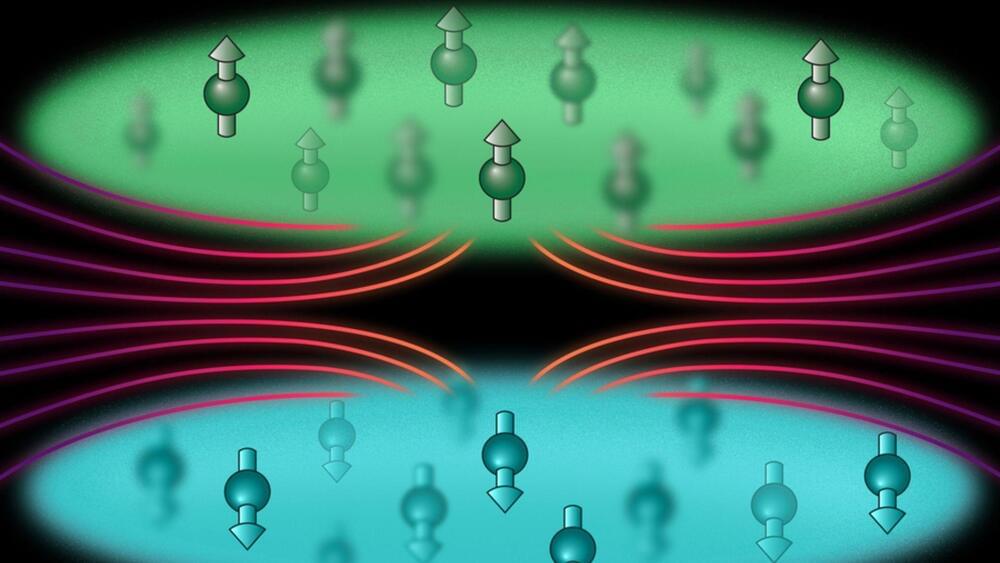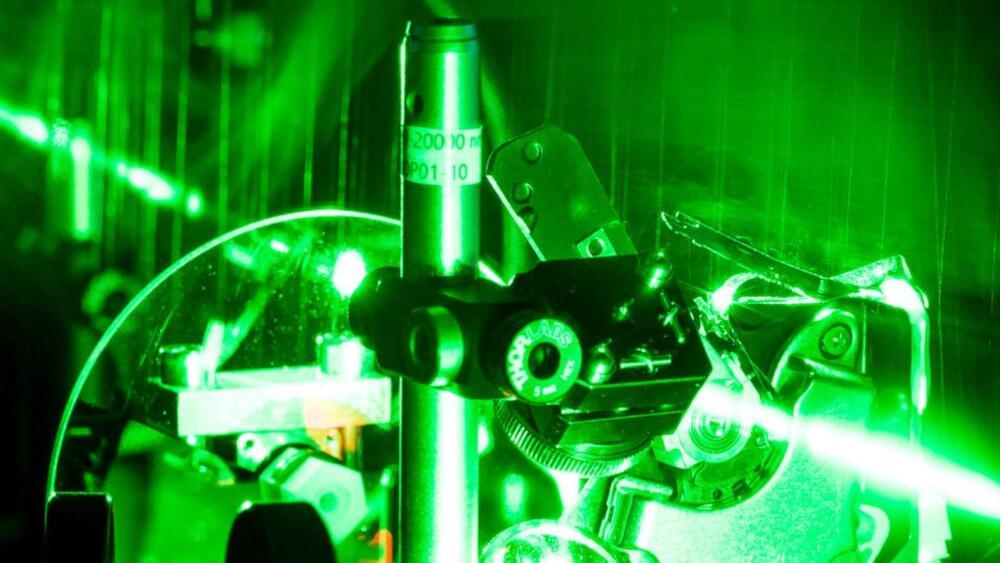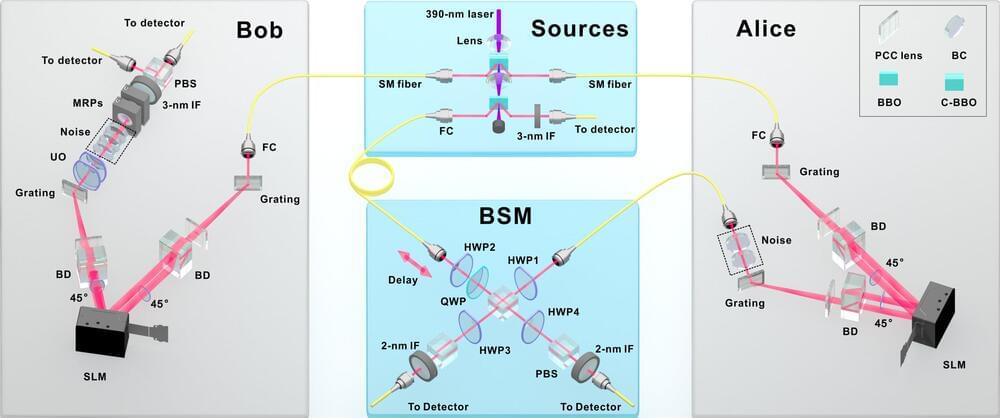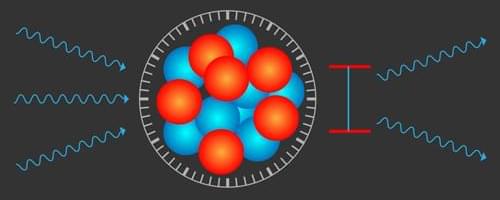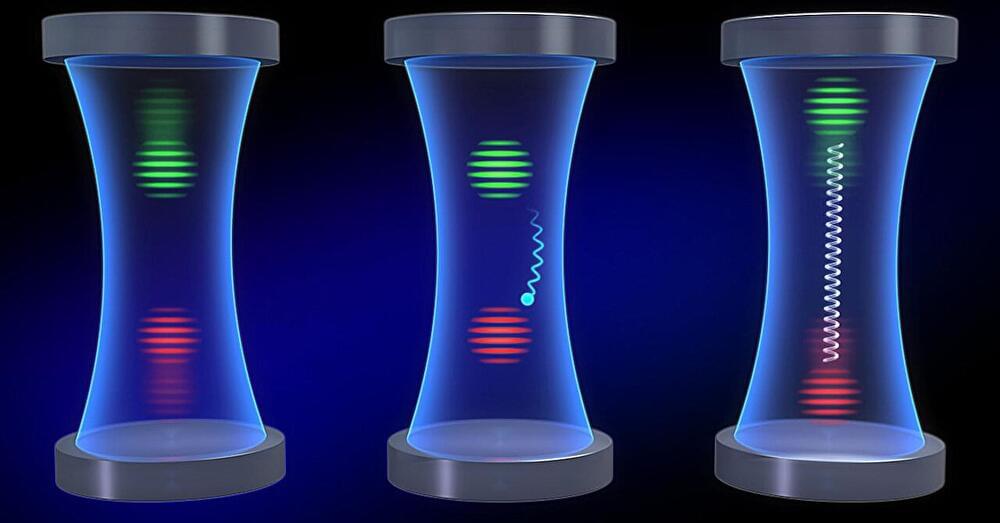May 4, 2024
Unlocking the Secrets of the Electron Universe: Scientists Discover Path Beyond Ohm’s Law
Posted by Saúl Morales Rodriguéz in categories: particle physics, quantum physics
Researchers at Tohoku University and the Japan Atomic Energy Agency have developed fundamental experiments and theories to manipulate the geometry of the ‘electron universe,’ which describes the structure of electronic quantum states in a manner mathematically similar to the actual universe, within a magnetic material under ambient conditions.
The investigated geometric property – i.e., the quantum metric – was detected as an electric signal distinct from ordinary electrical conduction. This breakthrough reveals the fundamental quantum science of electrons and paves the way for designing innovative spintronic devices utilizing the unconventional conduction emerging from the quantum metric.
